- Home
- Table of Contents
- Starting With Page Number 1
Create a Table of Contents with Page Number of 1
You can create a table of contents in Microsoft Word where its page number starts at 1.
Any preceding pages (e.g. title or cover page, abstract) do not have page numbers.
Figure 1 shows a table of contents beginning with page number 1. The title page has no page number.
Note: Alternative page numbering options
If you want to start page numbering before the table of contents, see create a table of contents with page numbers.
If you want to start page numbering after the table of contents, see create a table of contents with no page numbers.
If you want Roman numerals (i, ii, iii, iv...) for page numbers in the table of contents and Arabic numerals (1, 2, 3, 4...) for page numbers in the rest of the document, see create a table of contents with Roman numeral page numbers.
 Figure 1: Table of Contents With Page Number 1
Figure 1: Table of Contents With Page Number 1When to Create a Table of Contents
The table of contents can be created at any time. However, to have entries in the table of contents, you need to set your headings in Microsoft Word as follows:
- main headings to Outline level 1.
If you have used the Heading 1 style in the Styles gallery, the level will already be set to 1. - subheadings to Outline level 2
If you have used the Heading 2 style in the Styles gallery, the level will already be set to 2. - subheadings of subheadings to Outline level 3
If you have used the Heading 3 style in the Styles gallery, the level will already be set to 3.
You can add, change or delete your headings at any time.
Create the Table of Contents
Set Up the Page Numbering
Set up any pages before the table of contents to have no page numbers. The example in Figure 1 has one page (title page) before the table of contents.
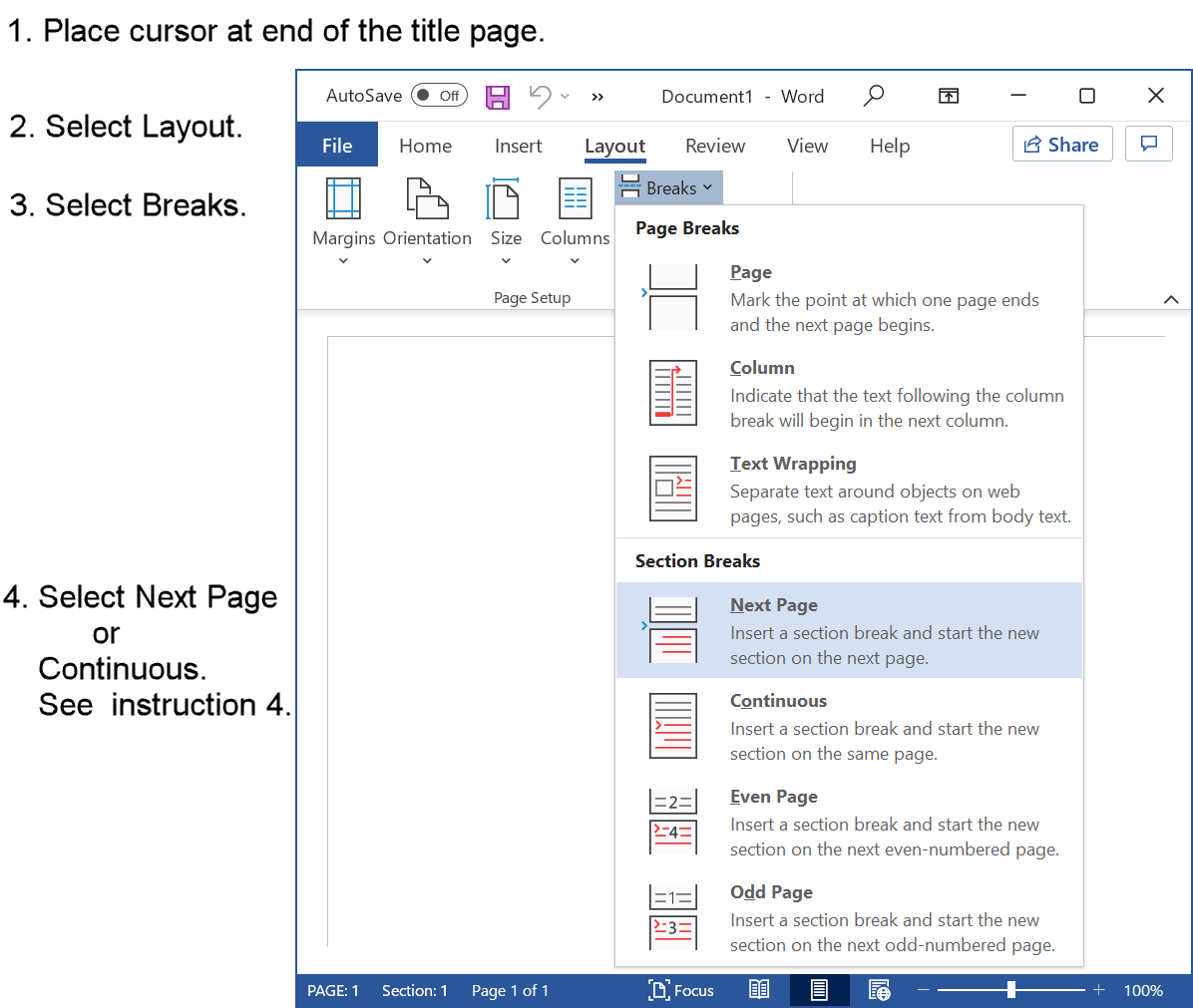 Figure 2: Insert a Section Break at the End of the Title Page
Figure 2: Insert a Section Break at the End of the Title PageFigure 2 instructions (if required) are as follows:
- Place the cursor at the end of the last page before the table of contents (the title page in this example).
- Select the Layout tab in the ribbon.
- Select Breaks.
- Select Next Page if you need to create a page for the table of contents.
Select Continuous if you already have a page for the table of contents.
Pages before the table of contents will be in section 1.
Nothing more needs to be done for these pages. They will not have a page number.
Subsequent pages will be in section 2.
Set up the page numbers for the table of contents, starting at 1 (see Figures 3–6).
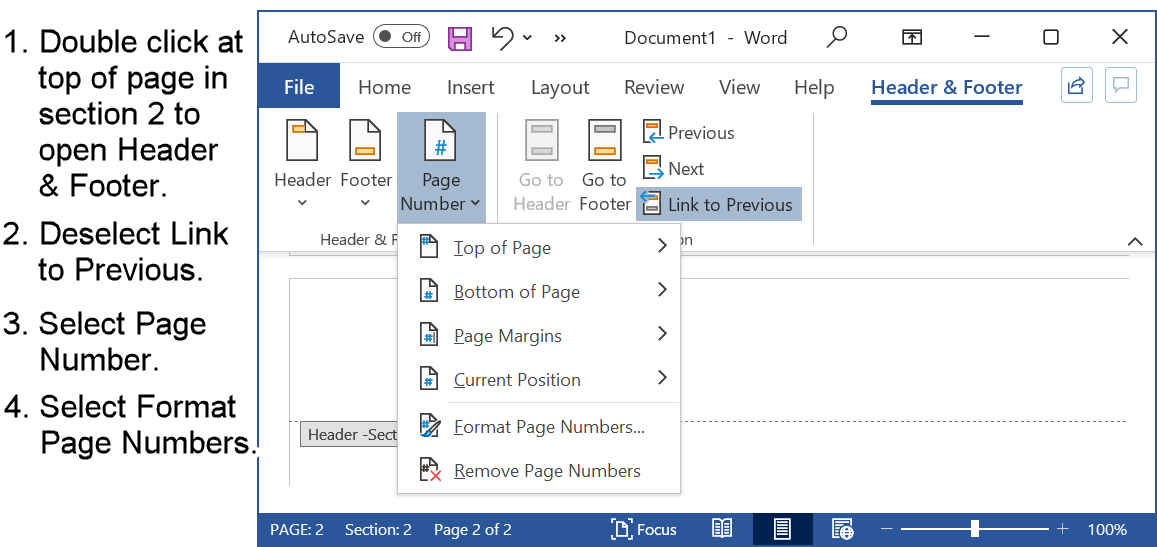 Figure 3: Deselect Header Link to Previous Section
Figure 3: Deselect Header Link to Previous SectionFigure 3 instructions (if required) are as follows:
- Open the header in a page where the table of contents will be (click at the top of page).
Create a page for the table of contents if you do not already have one. - Click on Link to Previous.
This deselects the link to the title page header.
Note: You must have done the steps in Figure 2, that is, created a section 2. If you haven't, the Link to Previous button will be greyed out, and not available. - Select Page Number.
- Select Format Page Numbers.
You will now set the page number in the table of contents to begin at 1.
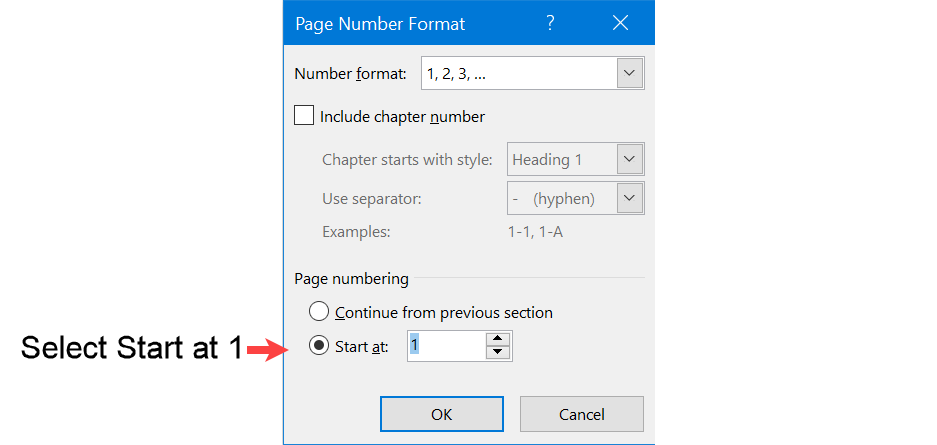 Figure 4: Format Section 2 Header to Start With Page Number 1
Figure 4: Format Section 2 Header to Start With Page Number 1Figure 4 instructions (if required) are as follows:
- Select Start at 1.
The page number in section 2 will be formatted to start at 1.
Note: The page number will not yet be inserted. - Select OK.
You will now position the page number in the header.
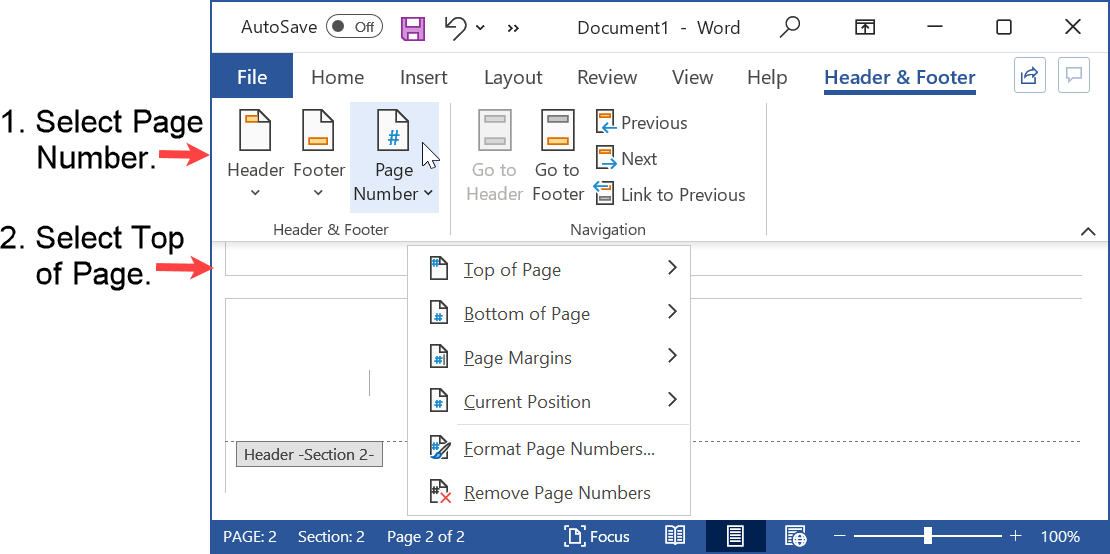 Figure 5: Position Page Number at Top of Page
Figure 5: Position Page Number at Top of PageFigure 5 instructions (if required) are as follows:
- Select Page Number.
A submenu is opened. - Select Top of Page.
You can now position the page number in the header, for example, against the right margin.
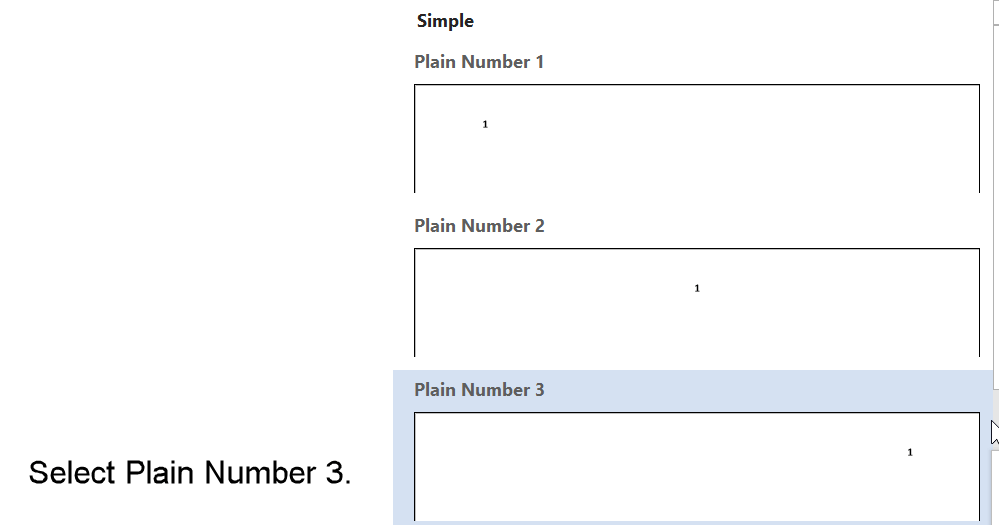 Figure 6: Page Number Placed Against the Right Margin
Figure 6: Page Number Placed Against the Right MarginFigure 6 instruction (if required) is as follows:
- Select Plain Number 3.
Alternatively, select Plain Number 1 for left aligned, Plain Number 2 for the center.
The first page after the title page will start at number 1.
Generate the Table of Contents
You can now create a table of contents.
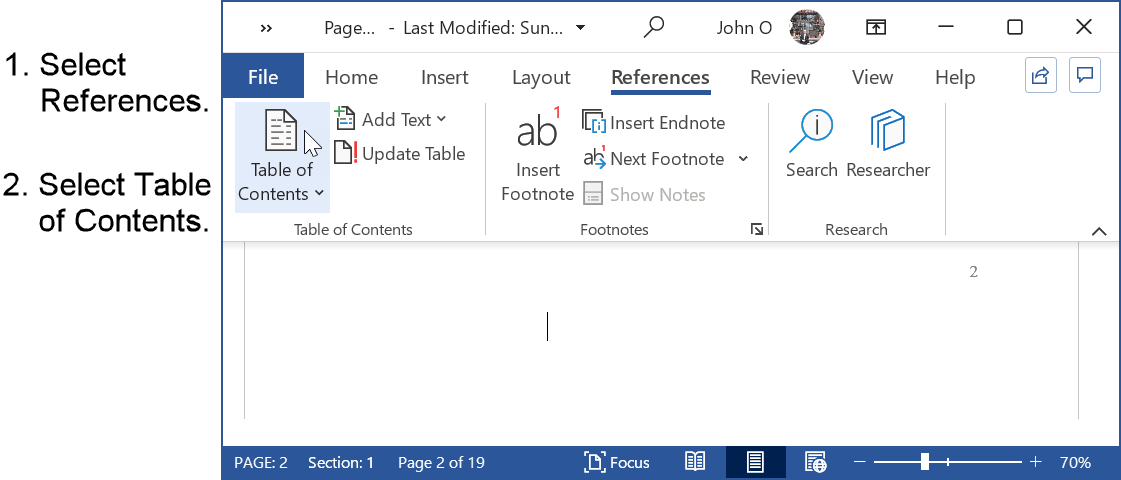 Figure 7: Open Table of Contents selections
Figure 7: Open Table of Contents selectionsFigure 7 instructions (if required) are:
- Select the References tab from the main menu.
- Select the Table of Contents in the Table of Contents group.
A dropdown menu with the table of contents options will appear (see Figure 8).
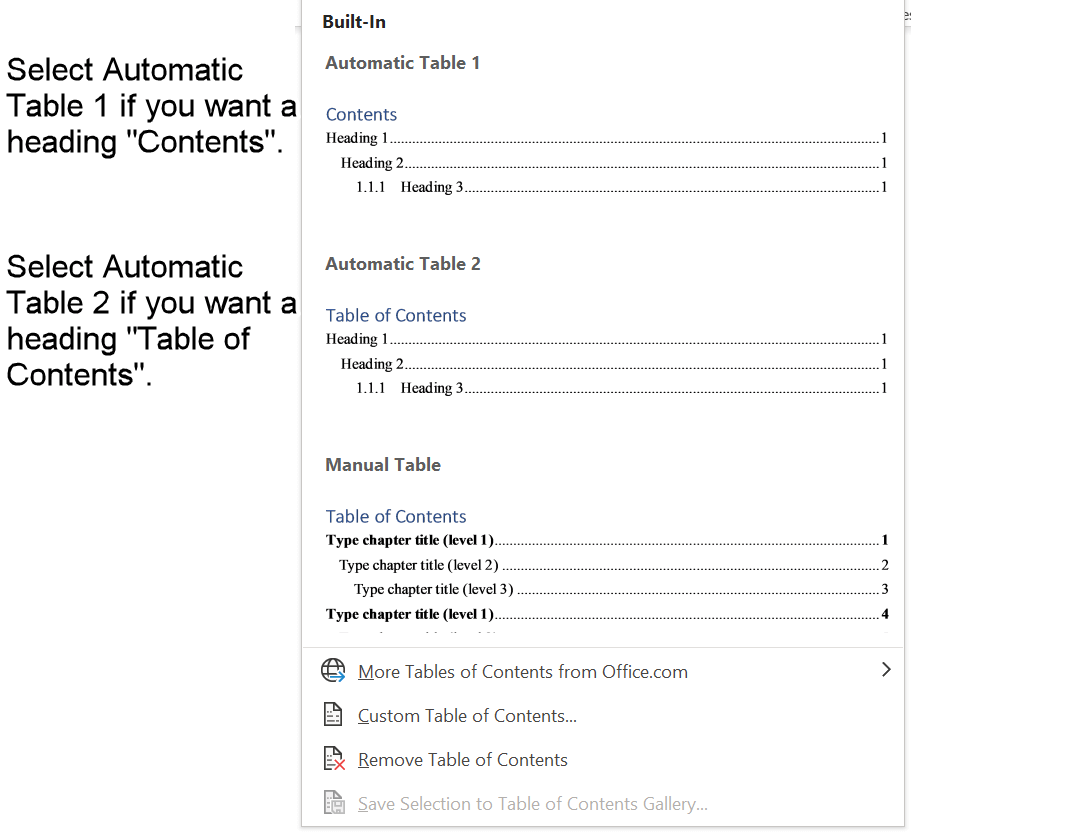 Figure 8: Select Table of Contents Heading
Figure 8: Select Table of Contents HeadingFigure 8 instructions (if required) are:
- Select Automatic Table 1 if for the heading "Contents".
- Select Automatic Table 2 if for the heading "Table of Contents".
The heading is the only difference between the two options.
Update the Table of Contents
If the last thing you do before you submit your paper is to create a table of contents, then you do not need to update the table of contents.
However, you must update your table of contents if you add, change or delete a heading.
You should also update your table of contents if you add, change, or delete text or figures because page numbers may change.
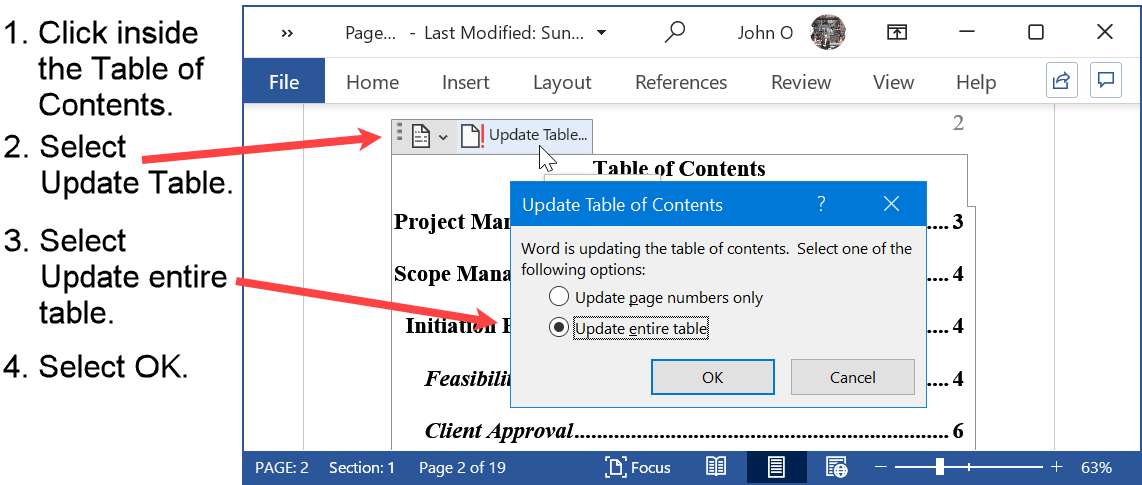 Figure 9: Update the Table of Contents in a Word Document
Figure 9: Update the Table of Contents in a Word DocumentFigure 9 instructions (if required) are:
- Click inside the table of contents.
- Select Update Table.
- Select Update entire table.
- Select OK.
Summary
To create a table of contents where page numbering begins on the table of contents, you should (as shown above):
- Create a new section separate from pages before the table of contents.
- Break the link between the table of contents section and the previous section.
- Make sure there are no page numbers on the pages before the table of contents.
- Assign Microsoft Word Outline levels to each of your headings that are to appear in the table of contents.
- Create the table of contents, either during the writing process, or at the end.
- Update the table of contents as you add, change, or delete headings and text.
- Do a final update of the table of contents before submitting your paper.
See this Microsoft page (opens in a new window) for more information about how to create a table of contents.